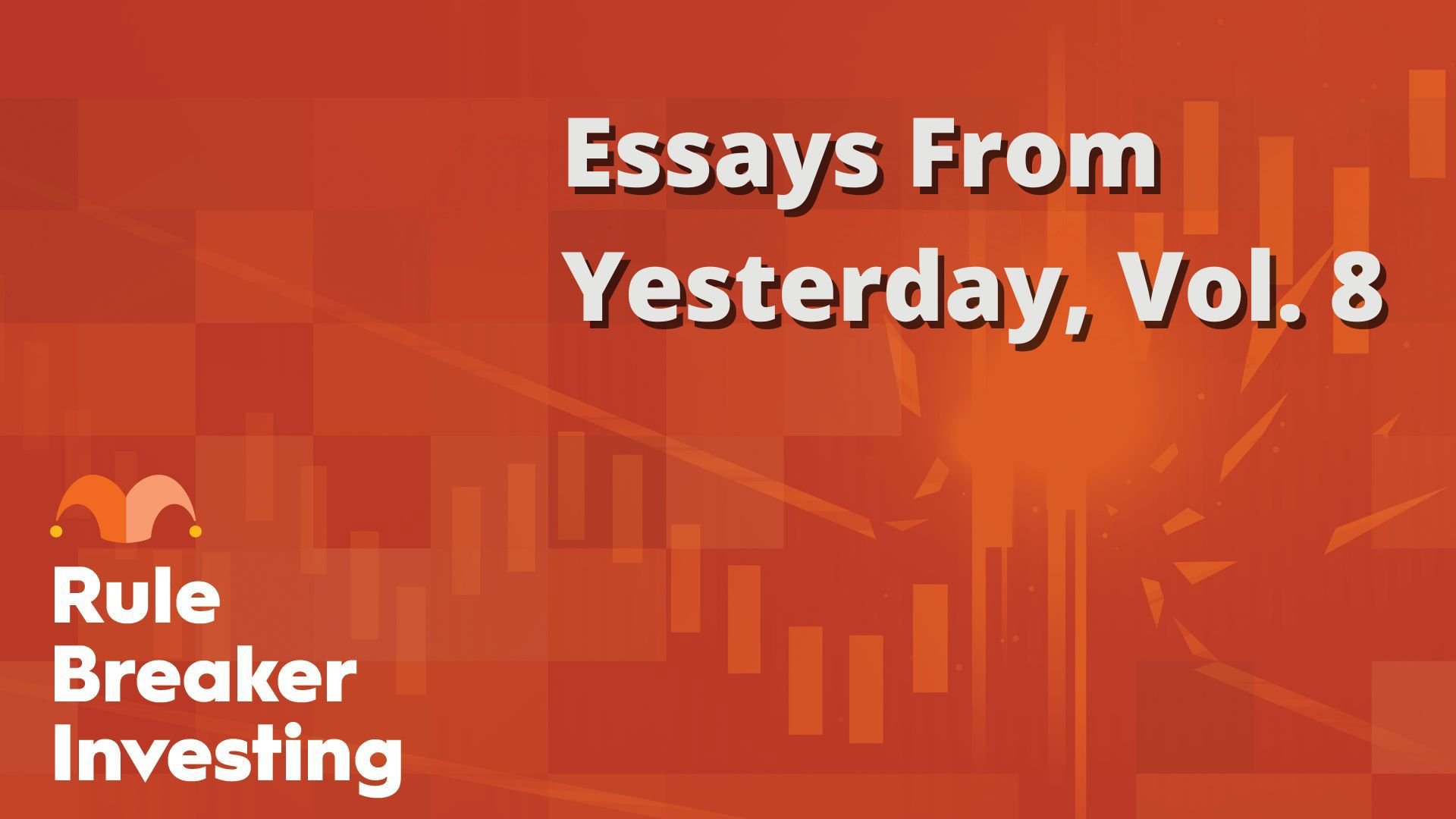Many income investors look for the best yields they can find on their investments, preferring high levels of current income over growth potential over the long run. Many different high-income investments focus on paying as much money to investors as possible, and that can be valuable not only for those who are already in retirement but also for those who like to get regular cash flow to fund further investments in their portfolio. Below, you'll learn more about various opportunities to enhance your income through stocks, funds, and other investment vehicles.
1. Business development companies
Business development companies are investment companies that offer capital financing to smaller businesses. These businesses are often privately held and don't always have access to more traditional sources of financing, and BDCs help to bridge the gap by exchanging cash for interests in those businesses. Some BDCs focus on debt financing, making money from relatively high interest rates charged to their borrowers. Others use equity financing, banking on appreciating share-price value in their client companies. You can often find BDC dividend yields of 10% or more.
BDCs pay high yields because they have to distribute at least 90% of their taxable income to their shareholders in order to qualify for status as a regulated investment company, which avoids entity-level taxation. Business development companies also typically use leverage to magnify their returns, borrowing at lower rates and lending at higher rates. Default risk is the primary downside of investing in BDCs, but well-run business development companies can manage that risk and produce solid returns over time.

Put more cash in your pocket with high-yield income investments. Image source: Getty Images.
2. Mortgage real estate investment trusts
Real estate investment trusts are also tax-favored entities that avoid corporate-level taxation by distributing the vast majority of their income to shareholders. In particular, REITs that focus on mortgage securities are able to generate double-digit dividend yields, again using leverage in order to enhance their profits from spreads between their costs of capital and their returns from their mortgage security investments.
The main challenge for mortgage REITs comes when interest rate changes occur. In particular, most mortgage REITs borrow at short-term rates but buy longer-term mortgage securities, and so if the spread between short and long rates narrows, their potential profit can decline. In addition, default risk can play a part in some mortgage REITs, although most focus on securities issued by government agencies that have little or no default risk.
3. Master limited partnerships
Master limited partnerships are investments in natural resources, commodities, or real estate assets. MLPs don't pay entity level taxes because they're structured as partnerships, which pass through taxable income to their partners. However, the amount of money distributed to investors sometimes exceeds the MLP's taxable income, which in some cases can give investors money that escapes current taxation due to its treatment as return of capital.
The downside of MLPs is that taxation can get complicated, especially when the states in which MLPs do business assert their rights to state income taxes. Holding MLPs in retirement accounts might seem to avoid that issue, but it comes with the danger of unrelated business income tax. For many investors in the energy sector, however, the high income and growth potential of MLPs outweighs these negatives.
4. Closed-end income funds
Closed-end funds are a special type of mutual fund. It trades on stock exchanges like an exchange-traded fund, but unlike an ETF, the number of shares is fixed. You can find closed-end funds that invest in every corner of the market, and closed-end income funds aim to maximize income for shareholders by investing in bonds, preferred stock, and other income-generating assets.
Some closed-end income funds use leverage to enhance their returns, issuing debt or preferred fund shares at fixed interest rates and aiming to take advantage of cheaper borrowing costs than the returns on their investments. The special thing to keep in mind with closed-ends is that they can trade at extensive premiums or discounts to their net asset value, and so you should evaluate carefully whether you're getting your money's worth with a particular closed-end fund.
5. High-yield junk bonds
Finally, high-yield bonds are debt securities issued by corporations that are at the lower end of the creditworthiness spectrum. Also known as junk bonds, high-yield bonds have higher interest rates to reflect the greater risk of default by their issuers.
With prevailing interest rates having been extremely low over the past decade, even low-quality junk bonds have seen their rates fall from where they were in the 1990s and early 2000s. What's especially important with junk bonds is ensuring that you're being properly rewarded for taking on default risk, and that requires looking closely at the issuer to make your own judgment of whether it's creditworthy.
High-yield income investments can put more money in your pocket, but they can also dramatically increase the risk in your portfolio. Only if you're prudent about which investment vehicles you choose for yourself will you reap the full benefits of high-yield investing.





